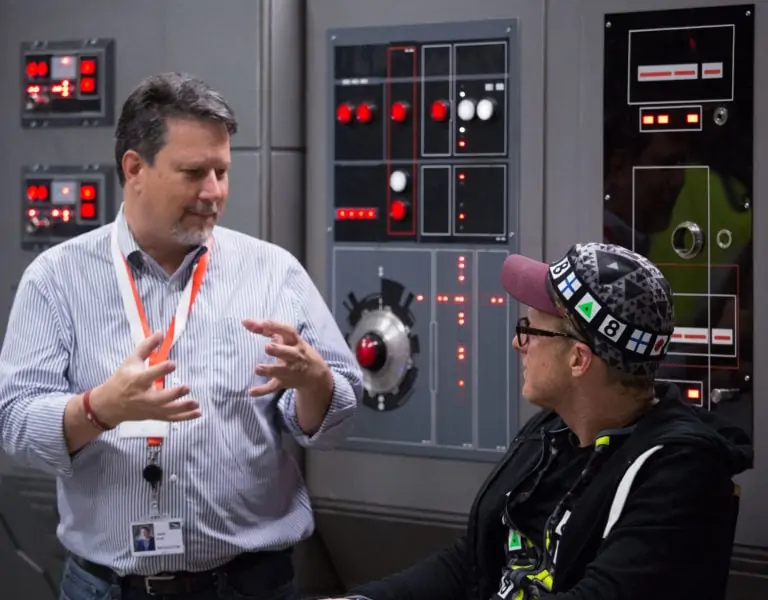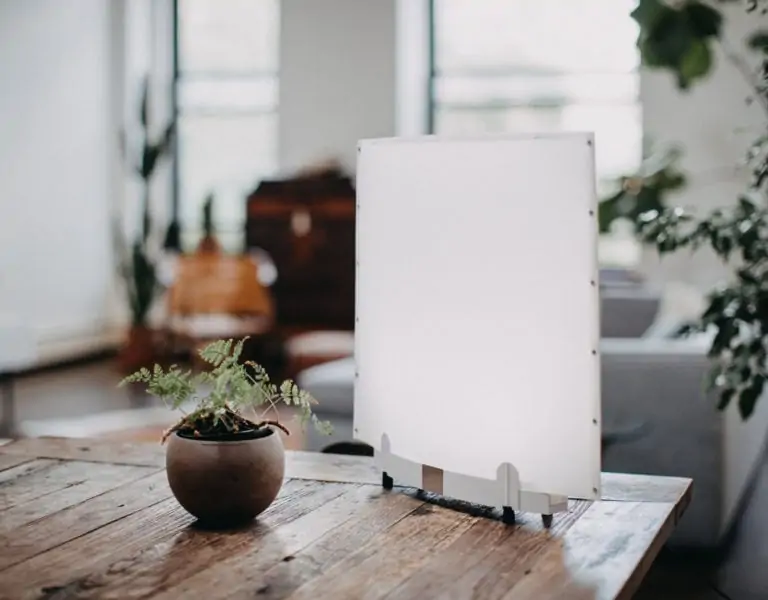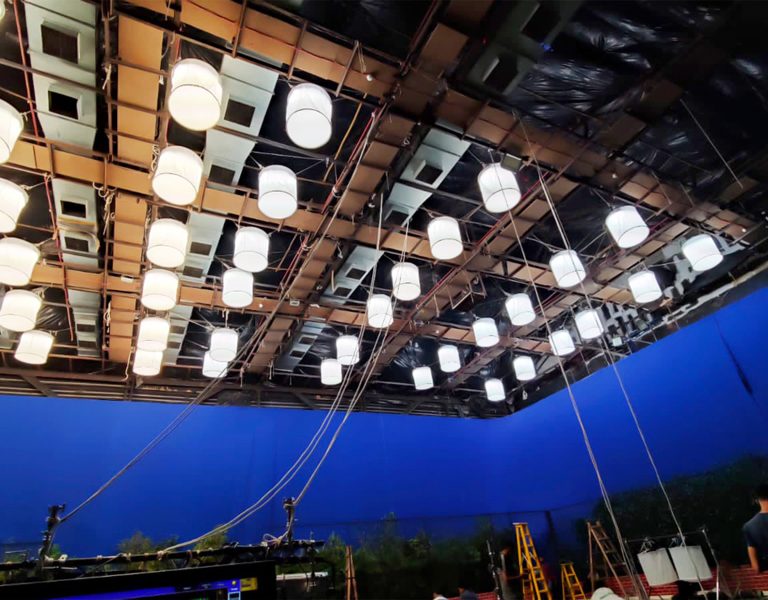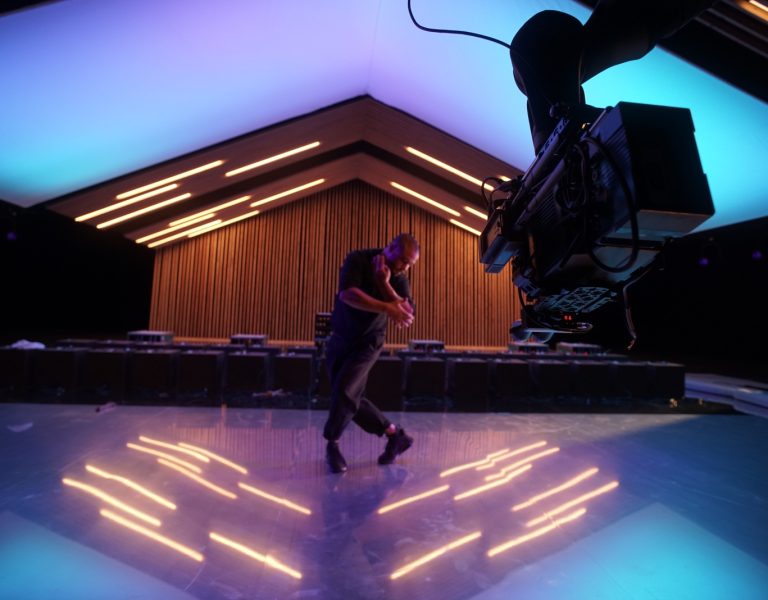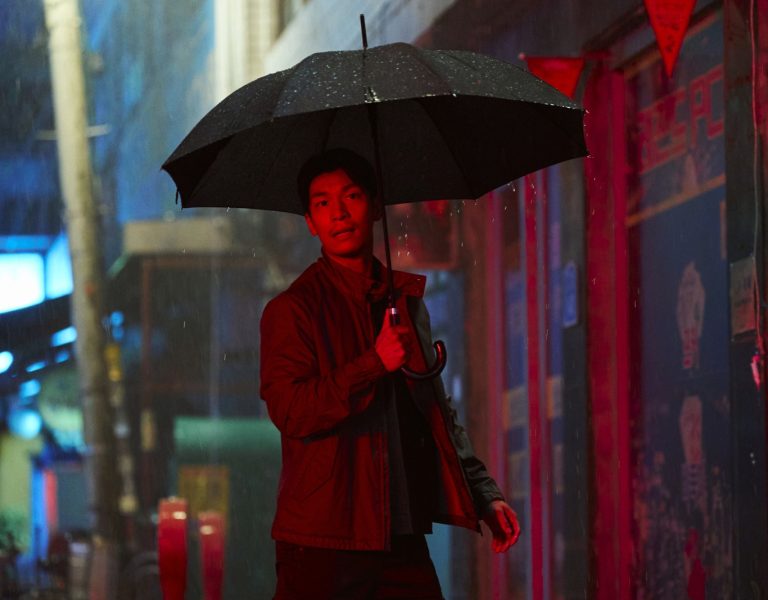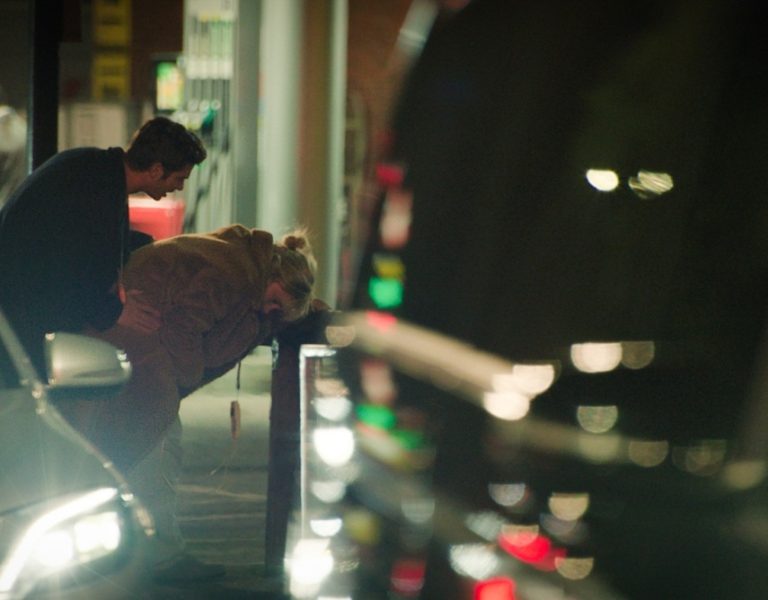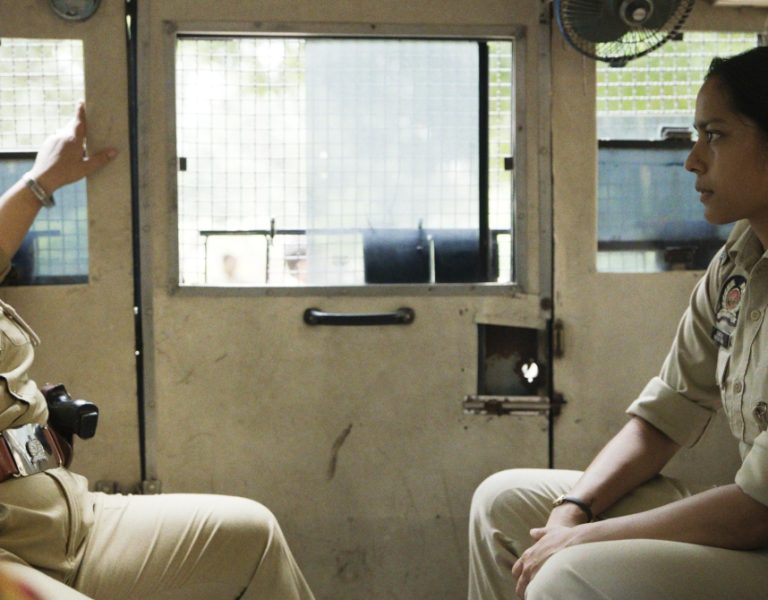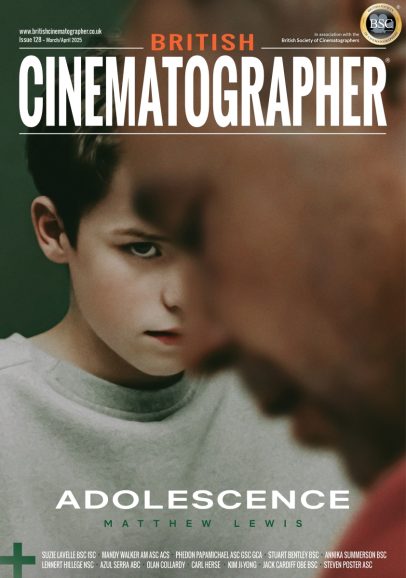Cinematographer David Wright explores combining the old with the new, including replacing tungsten and HMI fixtures with versatile, energy efficient and powerful Aputure products.
Any cinematographer who has been in the industry for a while knows their way around tungsten and HMI lights. Tried and tested. Innovations in LED lighting have made them a solid addition to any gear setup over the years, with some new releases by Aputure even being able to replace the need for ‘old school’ fixtures. One cinematographer who is convinced of the advantages of LED is David Wright, who together with gaffer Chris Dowling has been using Aputure for almost a decade. His sets count more and more LED lights as he’s replacing his tungsten and HMI fixtures for this more versatile, energy efficient and now equally powerful alternative. Out with the old and in with the new.
“I’ve gained a lot of valuable experience ”, says veteran cinematographer Wright. “Which means I’ve got tools that I enjoy and have been using for a long time. Many of these are still either tungsten or HMI, but over the past few years I’ve been replacing more of them with LED fixtures. At the end of the day, I embrace new technology and Aputure has delivered innovations like no other, making my and the gaffer’s job easier, quicker, and more efficient.”
Getting to the look and feel you’re chasing on set used to always involve using tungsten or HMI light at least somewhere for Wright, but that’s no longer the case. On a recent commercial shoot he initially had an HMI standing outside of a window, but when he found out how strong and directional the beam of the Aputure 1200d was, he ended up replacing that fixture. “I then used a mirror bounce to create an even harder splash of light. Add to this that we were able to change the colour temperature on the fly with Sidus Link Pro when previously I would have gelled the HMI and had less control.” Wright is just one of many cinematographers getting excited about the technological innovations in LED lighting that Aputure is presenting and looking forward to the future.
Wright calls himself a cinematographer that likes to “play a lot” and change variables when it comes to his lighting setups. On his camera for example, he quite often plays with the kelvin, tint of the sensor as well as LUTs, even before he had started using bi-colour LED fixtures like the LS 300x and LS 600x Pro. “So for me it’s only natural to choose a lamp on which I can change the colour, whilst at the same time maintaining its quality. I also play around with the RGB variations to see how that looks on camera, and emulate different gels I used to use on fixed kelvin lights. I often move between extremely different looks for each project, and frequently combine hard and soft light. Having the flexibility and precision of these lights helps me work quickly.”
At a recent shoot in Lithuania, for example, Wright had to light for almost 360 degrees on every set, and on one only used a Maxibrute 12 outside, gelled, while inside everything was lit with practical bulbs like the Aputure B7c and just an LS 600x Pro – for its bicolour nature, quality and ability to shape it around the subject – which he would fire into a ceiling or a wall.
“Whenever we moved around the set or needed more fill light, for example, I would bounce it into some muslin and off we went. As we were shooting pretty much 360-degrees on a very wide lens we could see everything in the shot, so I wasn’t able to put light anywhere they would be visible. The LS 600x Pro was therefore a very useful tool as I was able to put it outside the frame or leave it on the floor and just point it at the ceiling. That kind of versatility and at the same time being able to change the colour temperature very quickly with Sidus Link Pro is only possible with LEDs. Our gaffer could just fiddle around on his iPad without having to move onto the set, massively improving the workflow.”
An evolving industry
Having been in the industry for almost 20 years, of which a decade as cinematographer, Wright has seen many changes and innovations come and go, but the technology in LED is something that definitely stuck with him. “I can slot Aputure fixtures so easily into my lighting list,” he continues, “their versatility really is a massive help in making any shoot easier.”
Yet it’s not always easy to convince the gaffer of these advantages as well, Wright admits. Luckily for Wright, he found a fellow innovator in gaffer Chris Dowling. “He’s really at the forefront of lighting tech,” says Wright. “We work together a lot, he always brings new toys and shows me the latest gear. I love that, because I trust his technical knowledge and he’s one of the best gaffers in the industry, in my opinion.”
Bringing with him heaps of experience, Wright trusts Dowling’s opinion about LED lights. As working together on set means collaborating, yet also requires all parties involved to make sacrifices, he’s always happy when a gaffer uses the lights he prefers. “Most gaffers I know work with Aputure,” he laughs. “So there is no discussion necessary on that front.”
Right after he gets the brief, whether it be for a commercial, music video or other production, Wright discusses the look with the director. At the very first stage, he already chooses which LED fixtures. After a recce, he finalises the list together with the gaffer. “When I need a lot of control and versatility, I’ll lean on Aputure fixtures. For example, changing an ambient top light or soft box to something cooler and darker, as opposed to perhaps a warmer sunnier feel. Being able to make those quick and easy adjustments relieves a lot of stress. The most important thing I do as a cinematographer is create a look, but if the director thinks it’s a bit too cold or too warm, too bright or too dark here or there, I need to be able to quickly make adjustments. That’s not the moment to spend 20 minutes fiddling around with a fixture, swapping out parts or having to scrim them. I want to be able to just go to the gaffer who has a connection via Sidus and can make those adjustments instantly and accurately.”
Exactly like on a commercial shoot he did for Turkish Airlines, on which he used six LS 600c Pros, each with a softbox and a little short draped around it to light up multiple tables. “Everything was connected to the gaffer’s iPad with Sidus Link Pro and this way we could control all the lights individually for each table. It wouldn’t have been crazy for us to take them down every time we needed to adjust something.”
Sustainable solutions
Although Wright has to admit that he still loves the light quality and trueness of tungsten, he sees that with LED technology this can be emulated. Nonetheless, when using his old school lights as he has been doing for so long, there is one aspect that LEDs have added which he sometimes simply doesn’t want. “By not having the option to change every variable, you’re locked into a certain look and feel from the moment you put that tungsten light outside a window. It gives me a lock point with regards to the lighting which then controls my workflow. Sometimes having too many options isn’t a good thing, but that’s obviously a luxurious problem to have,” Wright explains.
“Actually, I really like to see how soft and how hard a light can be, looking for the extremes. How accurate the colours really are when switching between different modes. Controlling the dimming curve and not to have fluctuations in the colour of the light. The problem with tungsten and HMI is that over the years of extensive use, the colour of the light will change, in the case of HMI I really dislike it. To get some ‘clean’ light takes a lot of adjusting. Not ideal, especially when you’re looking for the quickest solution.”
Also sustainability is a major factor in Wright choosing to use LEDs; they’re better for the environment. Not only is this requested by some of Wrights commercial clients – ranging from Turkish Airlines and Meta to Apple – it’s an aspect he cares about himself, as an environmentally-conscious person. “When you strive to live sustainably in your personal life, it makes sense to carry that same mindset into your professional work,” Wright explains.
“I’m invested in the future and want a healthy planet, so I choose my equipment with that in mind. That’s why I gravitate towards LEDs. They’re more efficient, environmentally friendly, and have a longer lifespan, which aligns perfectly with my values both on and off set. There are fewer logistical challenges with generators and power and less infrastructure required, which lightens the load for the entire team. Also we save money, which the production team appreciates!”
LED lights being lighter and easier to work with are another two aspects Wright definitely appreciates. “You just get things done quicker,” he enthuses.
–
This article was sponsored by Aputure.

